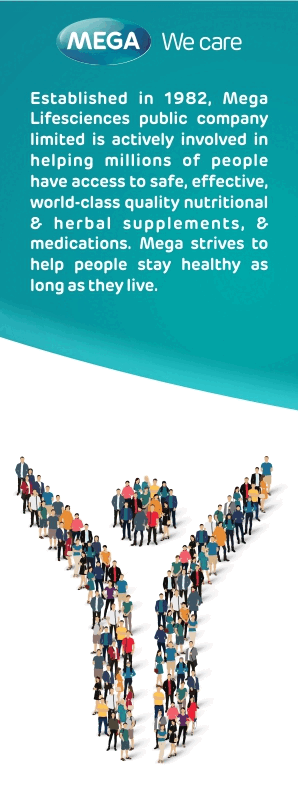KNOWLEDGE, RISK PERCEPTION AND ASSOCIATED FACTORS TOWARDS OBSTETRIC DANGER SIGNS AMONG MOTHERS IN DEBRE BERHAN TOWN, NORTH SHOA, ETHIOPIA
DOI:
https://doi.org/10.69614/ejrh.v11i1.233Abstract
ABSTRACT
BACkGROUND: Child birth is also known as labour and delivery. It is an exciting time in the life of a family. Occasionally a pregnant woman may experience signs and symptoms which pointer danger. Danger signs are those signs that a woman will see, or those symptoms that she will feel which indicate that something is going wrong. METHODS: A community based cross sectional study design was conducted on a sample of 405 mothers from April 1- April 30/2017. Study participant were selected using simple random sampling by allocating proportion to population size for each selected kebeles. A structured questionnaire was used to collect the data. The data were coded and entered into Epi data version 3.1 and the analysis was carried out in a statistical package for social science versions 22. Descriptive statistics for each variable and binary logistic regression analysis with 95 % CI was carried out. RESULT: A total of 405 respondents were participated with a response rate of 97.3%. Out of which 50.6% have good knowledge about obstetric danger signs. Educational status [AOR=7.26, 95%CI (1.21943.247), number of ANC visits [AOR=2.912, 95%CI (1.27-6.681)] and information on danger signs [AOR=2.366, 95%CI (1.089-5.139)] were found to be significantly associated with knowledge of obstetric danger signs. Twenty-eight-point six percent of respondents had good perception towards obstetric danger signs. Occupation [AOR=3.711, 95%CI (1.256-10.699)], number of ANC visit [AOR=4.575, 95%CI (1.439-14.543)] and information about danger signs [AOR=4.204, 95%CI (1.243-14.223)] were found to be significantly associated with perception towards obstetric danger signs.
CONCLUSION: This study showed low level of Knowledge and perception towards obstetric danger signs. Occupation, educational status, number of ANC visits and information on danger signs were significantly associated with knowledge and/or perception. It is recommended that mothers should have at least four antenatal visits and more educational program about obstetric danger signs needs to be implemented to increase knowledge and risk perception. kEY WORDS: Danger signs, Knowledge, Risk perception, Ethiopia (Ethiopian Journal of Reproductive Health; 2019; 11;1:29-41)



